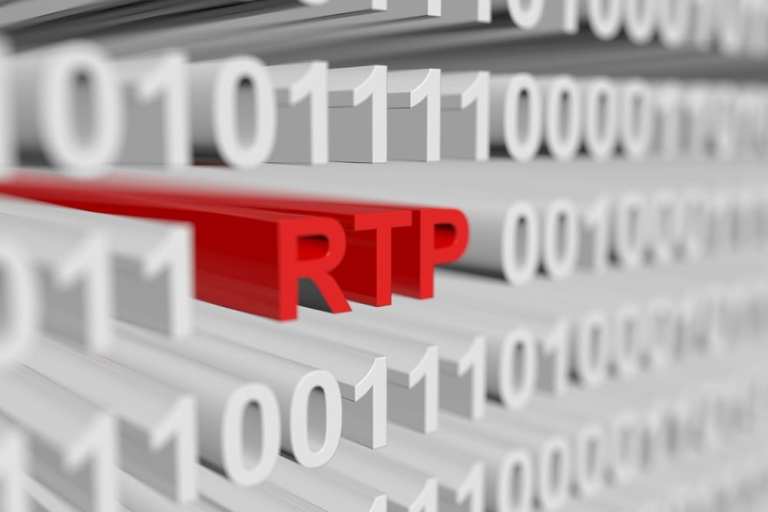
As real-time payments (RTP) gain traction with consumers via peer-to-peer (P2P), the pump may be primed for business-to-business (B2B) transactions to follow suit.
Bottomline Technologies Vice President of Product Management and Strategic Solutions Jessica Cheney told PYMNTS that increasingly, the speed, transparency and certainty of faster payments will prove valuable in support of B2B transactions.
But there are some hurdles to clear before the tipping point is reached.
One hurdle is decidedly not with the real-time infrastructure that’s in place. Although conventional wisdom may hold that the U.S. has lagged behind other countries when it comes to laying the technical groundwork for RTP, Cheney said there are a number of avenues through which RTP transactions can take place, and indeed are happening now.
Key among those conduits, of course, is the Clearinghouse RTP network, where commercial real-time payments made their debut in the U.S. roughly two years ago.
In late October, Bottomline Technologies announced that it launched a new real-time payments module through its Digital Banking IQ platform, which focuses on the B2B and B2C payments process. In terms of mechanics, the module enables a bank’s corporate customers to send and receive (and request to receive) real-time payments and also provides the associated value-add conversational components, which enables the person conducting the transaction to instantly see the information associated with it.
Thus far, commercial payments have lagged behind P2P transactions, finding traction across use cases such as replacing cash on delivery (and where Mastercard has just introduced Pay on Delivery), making insurance payouts to consumers or paying wages to employees and gig workers.
Eventually, as transaction limits lift (they are currently set at $25,000), RTP could be valued for its usefulness in extending credit to borrowers (in B2C and B2B arenas) through loan originations.
Firms may be hesitant to pay one another via RTP in the absence of context, which Cheney says is a key factor in why P2P transactions have become so popular and widely adopted, given the direct and easy-to-follow interactions such as those seen via Venmo.
“Part of the reason that real-time P2P is popular is that there is a communication component to it,” she told PYMNTS. “It’s linked to social media, and when sending money to pay for lunch, it’s done in a conversational and engaging way.”
The same ease of interaction is evident with B2C transactions, Cheney said, where such context is provided across the RTP ACH rails, via expanded remittance and informational messages that can explain what is being paid, how much and why.
That direct flow of information has been lacking in B2B, where paper, emails, PDFs and even faxes have provided piecemeal information about invoices, payment terms and the payments themselves.
With modules like Bottomline’s that offer Cheney’s scenario of “conversational messaging,” sending and receiving real-time credits also features enhanced information flows surrounding the requests and transactions.
She offered an example where an invoice for $5,000 may be paid by a buyer for $4,000. The seller can send a message asking why the payment doesn’t match the invoice, and will receive the (hypothetical) response that the payment is short because five units of inventory are being returned by the buyer due to damage. All of the information is tied electronically to the original payment or request for payment, and informational requests within a single channel of communication are tied to banks’ web or mobile applications.
“Because all of the related interactions are tied together and presented together, it’s almost like getting an electronic, stapled message,” Cheney told PYMNTS, noting that it can be used to reconcile with accounting software. And RTP can be used as a liquidity management tool, where the ability to hold off on making payments until the last minute can aid in cash flow management.
The banks benefit from such automation and conversational context, too, Cheney noted, as they are in the middle of these important interactions between their corporate clients and those clients’ customers, employees and trading partners.
“Banks of all sizes are eager to understand and offer more value with RTP beyond just the speed component,” she said.
The Security Aspect
As for security, Cheney said that some concerns about faster payments leading to faster fraud may be misplaced.
There are many ways to layer in security so that RTP payments can be validated as coming from authentic originators and approved by authorized users, and where layers of certainty are added through multi-factor authentication and other means.
“The fact that the funds only take 15 seconds to go from point A to Point B does not remove the obligation to make sure that all of the security practices are in place before and after the funds are moved,” Cheney added.